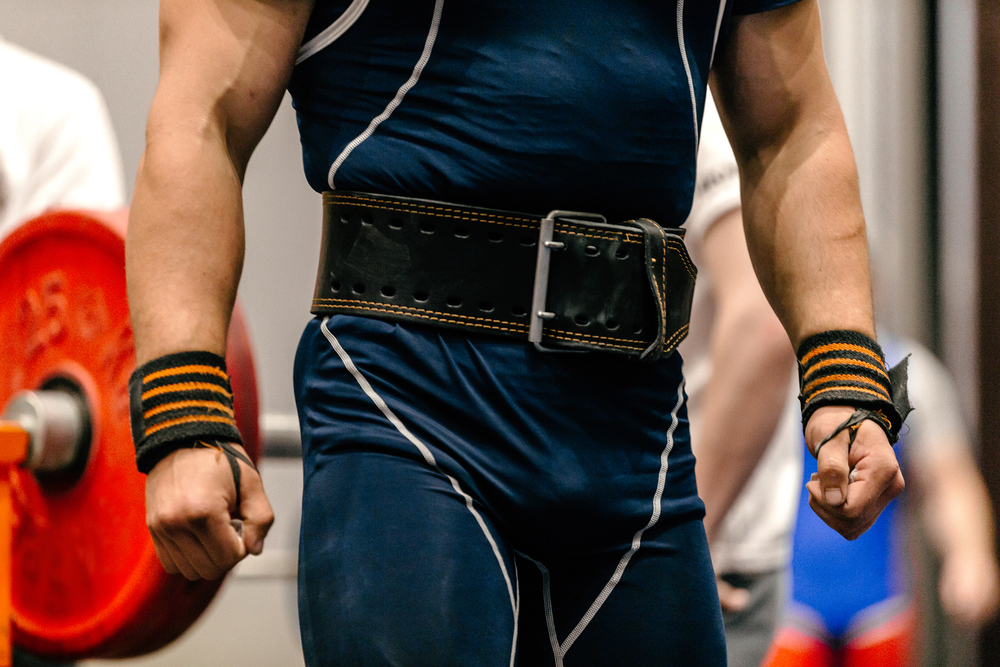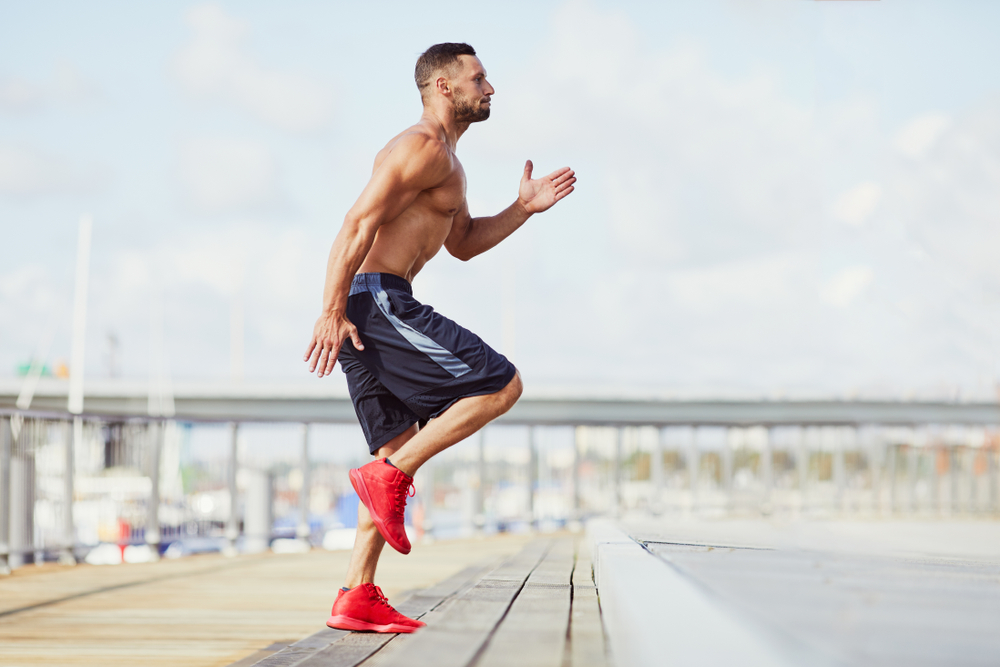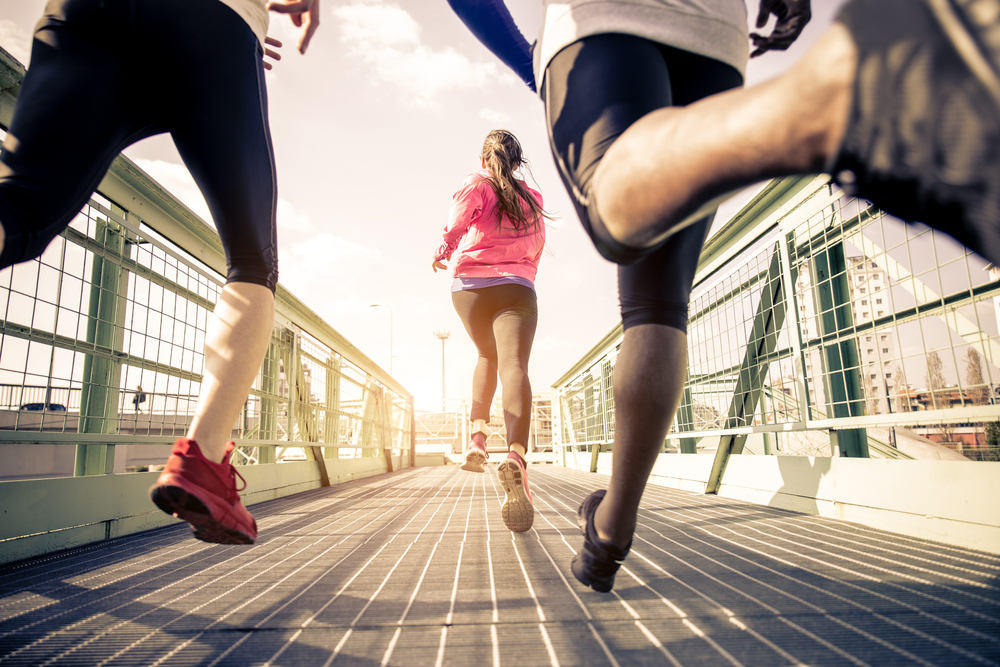
Self Limiting Movements
Self-limiting exercise is gaining traction all the time, with this approach to fitness all about body awareness and sustainable fitness practice. Self-limiting exercise involves immediate feedback, with an “adjust or fail” philosophy helping people to improve balance, enhance core stability, and increase mental focus. Barefoot running is the most obvious example of self-limiting movement, with the body auto-correcting and protecting itself against over-stride or heel strike injuries. Other examples of self-limiting exercise include pull-ups, low box work, Turkish get up’s, single-leg deadlifts, yoga, slack lines, and climbing.
How did it start?
The self-limiting exercise movement entered public awareness with the publication of “Born to Run” by Christopher MacDougall in 2009. Since then, this unique approach to fitness has been recognised across the world, with the publication of “Movement” by Gary Cook helping to spread the gospel of self-limitation. This approach to exercise requires mindfulness and awareness of movement, with practitioners developing a better sense of alignment, balance, and overall physical control. Self-limiting exercise requires constant engagement and refinement, by enforcing good movement patterns and providing feedback on what you’re doing wrong.
What’s it all about?
Self-limiting exercise is all about creating situations that require physical and mental awareness. While this form of training can be intimidating at first, the immediate feedback provided by such exercise helps people to reduce injuries over time. In essence, self-limiting exercise provides an automatic yet natural obstacle that prevents you from doing things wrong. For example, while people can run incorrectly for miles when using cushioned shoes, incorrect running technique is noticed straight away when you’re barefoot. The same can be said for all self-limiting exercises, with people forced to think about what they’re doing through immediate tactile feedback.
Jump rope is another great example of self-limiting exercise, because it’s blatantly obvious when you are doing it wrong. Even when you fall down the first time – like you inevitably will – you get up and readjust yourself by changing your posture, mental concentration, or whatever it was that made you fail. Self-limiting exercises are inherently self-correcting, making them accessible to everyone because there is minimal coaching needed. This helps to build resilience and motivation, with practitioners learning how to control their own bodies and minds as they improve over time.
The benefits
Self-limiting exercise helps us to concentrate on the basics, demanding awareness of movement, balance, and strength. While modern gyms are full of people wearing headphones and watching monitors, this detached and mindless approach to fitness does not work with self-limiting routines. Instead, people need to be engaged with the workout process, making adjustments where necessary and taking responsibility for every aspect of the workout. Self-limiting exercise categories are governed by breathing, grip strength, balance, posture, and coordination, with some exercises combining two or more self-limiting activities for multiple benefits.







No Comments yet!